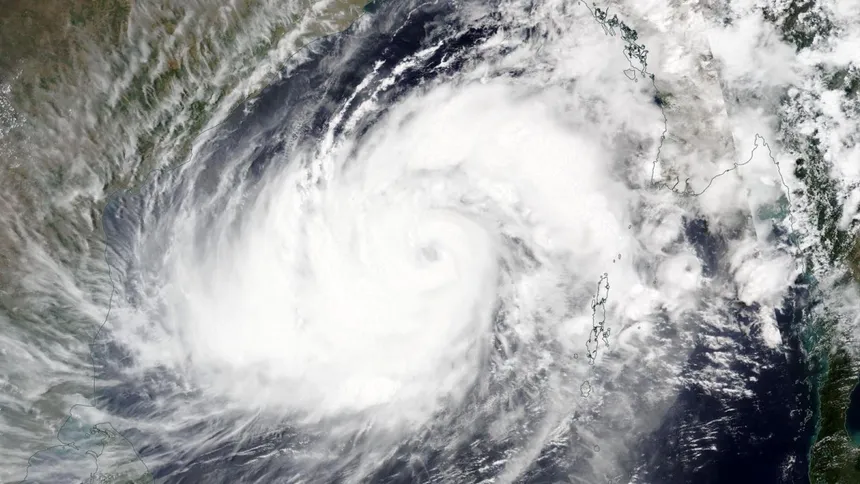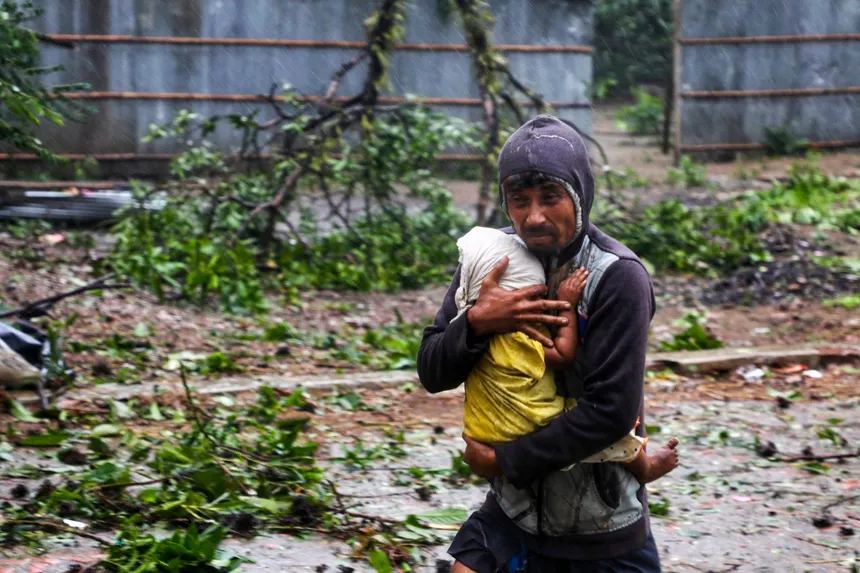As Cyclone Mocha made landfall in Rakhine state, it brought with it powerful winds and a storm surge that ravaged the western coast of Myanmar, leaving a trail of destruction in its wake. According to reports, over 1,000 people were trapped in seawater that crept up to 3.6 meters deep in low-lying areas, with many forced to take shelter on higher floors or rooftops of buildings.
The cyclone had struck on Sunday afternoon, causing widespread damage and disrupting communications in the area. Despite the challenging conditions, rescue efforts were underway, with rescuers working to evacuate those trapped by the seawater. Local leaders have called for aid and assistance from civil society organizations and authorities to help evacuate residents and provide relief to those affected.
As the storm weakened and the wind calmed, rescues were being made, with rescuers working to evacuate those trapped by the seawater. Water-levels in flooded areas had receded, but rescue efforts were ongoing, with volunteers and emergency responders working to reach those in need.
The storm had also left a significant impact on the region’s infrastructure, with homes, buildings, and power lines damaged or destroyed. The Myanmar Meteorological Department reported that the storm had made landfall near Sittwe township with winds blowing up to 209km/h, before weakening and moving inland.

The storm had also had a significant impact on the communities affected, with many left homeless or struggling to access basic necessities. Local residents reported that shelters in Sittwe did not have enough food after more people arrived seeking help, adding to the challenges faced by those affected by the storm.
In neighboring Bangladesh, several injuries were reported, and at least three deaths had been reported earlier in Myanmar. The country had largely been spared the predicted direct hit, with the storm veering east and making landfall in Rakhine state.
As the region began to recover from the devastation caused by Cyclone Mocha, concerns remained about the potential for widespread damage and loss of life. The storm had brought back memories of the devastating Cyclone Nargis in 2008, which had killed over 138,000 people and left tens of thousands of homes and buildings destroyed.
In the meantime, rescuers and aid workers continued to work tirelessly to bring relief to those affected by the storm, with predictions that the storm would continue to weaken and move inland.

